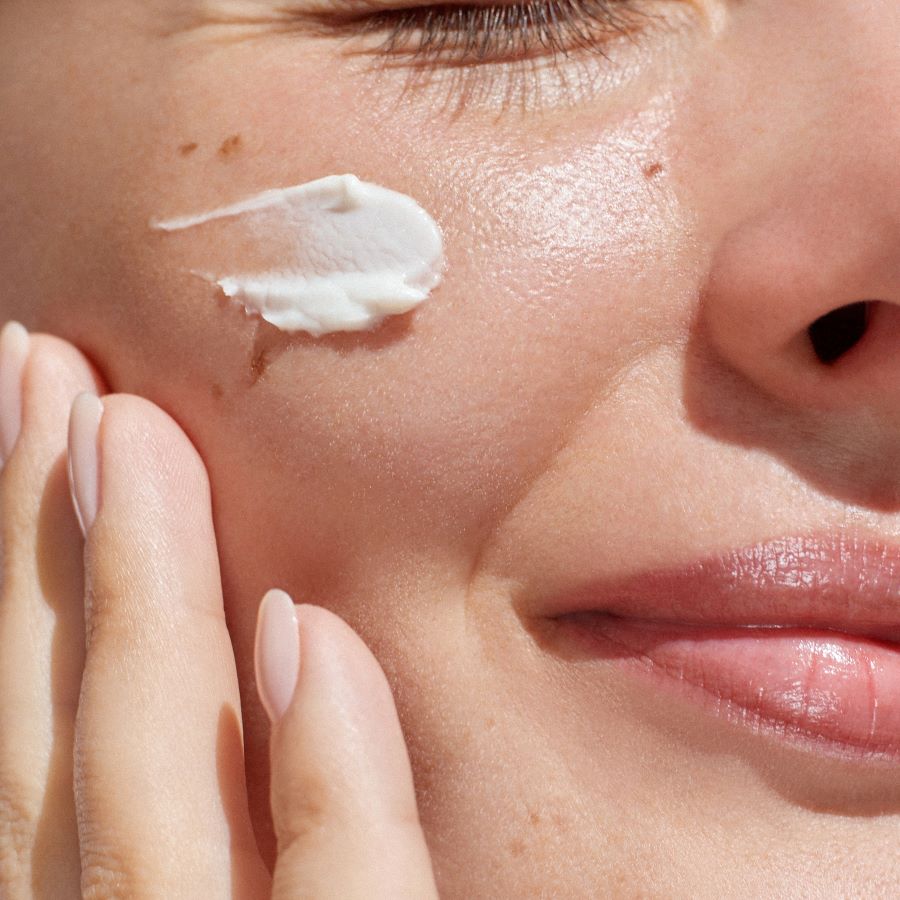Age Spot Treatment: Options for Skin on Face and Hands
Age spots, sometimes called liver spots or solar lentigines, are flat, darker patches that most often appear on sun‑exposed areas such as the face and hands. They result from localized increases in melanin production and are common with advancing age and cumulative ultraviolet (UV) exposure. Treatment focuses on reducing pigmentation, improving skin texture, and preventing new spots by addressing sun exposure and skin care habits. Outcomes vary by treatment type, skin tone, and how long spots have been present, and many procedures require repeat sessions or ongoing maintenance.

This article is for informational purposes only and should not be considered medical advice. Please consult a qualified healthcare professional for personalized guidance and treatment.
What causes age spots on skin?
Age spots form when skin cells that produce pigment (melanocytes) increase melanin production in one spot. The main driver is chronic UV exposure, which accelerates the formation of these pigmented patches over years. Other contributing factors include genetic predisposition, hormonal changes, and certain medications that sensitize skin to light. Although benign, any new or changing pigmented lesion should be evaluated by a clinician to exclude other conditions, including atypical moles or melanoma, particularly if the spot changes shape, color, or bleeds.
How are age spots treated on the face?
Facial treatments range from topical agents to in‑office procedures. Topical options include hydroquinone, retinoids, azelaic acid, and vitamin C serums, which can lighten pigmentation gradually. Chemical peels using glycolic or trichloroacetic acids remove the upper skin layers to reduce discoloration. Laser and intense pulsed light (IPL) therapies target pigment and can produce faster results but carry risks like redness, scarring, or post‑inflammatory pigmentation—especially in darker skin tones. Dermatology assessment helps match treatment to skin type and pigmentation depth to reduce risks.
Treatment options for age spots on hands
Hands often show prominent age spots because of repeated sun exposure and thinner skin. Superficial treatments similar to those for the face work on hands: topical lightening agents, superficial chemical peels, and cryotherapy for isolated lesions. Devices such as fractional lasers and IPL are also used, though hands may require multiple sessions and have slower recovery. Because hands are exposed frequently, combining in‑office treatments with diligent sun protection and moisturization is important to sustain results and reduce recurrence.
When to consult dermatology about age spots?
See a dermatologist if pigmentation appears suddenly, grows, itches, bleeds, or has irregular borders or color variation. A specialist can perform a clinical exam and use dermoscopy or biopsy when diagnosis is uncertain. Dermatology guidance is useful for selecting safe, evidence‑based treatments, especially for people with darker skin tones where procedures carry higher risk of post‑treatment pigmentation changes. A dermatologist can also advise on prescription topical formulas, procedural options, and a realistic timeline for improvement.
Preventing age spots through skin care
Prevention focuses on consistent sun protection and supportive skin care. Broad‑spectrum sunscreen (SPF 30 or higher), protective clothing, and limiting midday sun reduce new spot formation. Antioxidant serums such as vitamin C may reduce oxidative damage from UV, while retinoids can help cell turnover and minimize uneven pigmentation over time. Avoiding tanning beds and treating photosensitizing medications cautiously also helps. Regular follow‑up with a clinician can identify early pigment changes and guide timely intervention.
Conclusion
Age spot treatment is a combination of prevention, topical management, and procedural options tailored to the skin area affected—commonly the face and hands—and to individual skin type. Conservative measures like sunscreen and topical agents are often first‑line, while dermatology procedures can offer faster or more pronounced improvement for established spots. Because responses vary and procedures carry potential side effects, clinical evaluation supports safer, more effective treatment choices and helps rule out other skin conditions.






